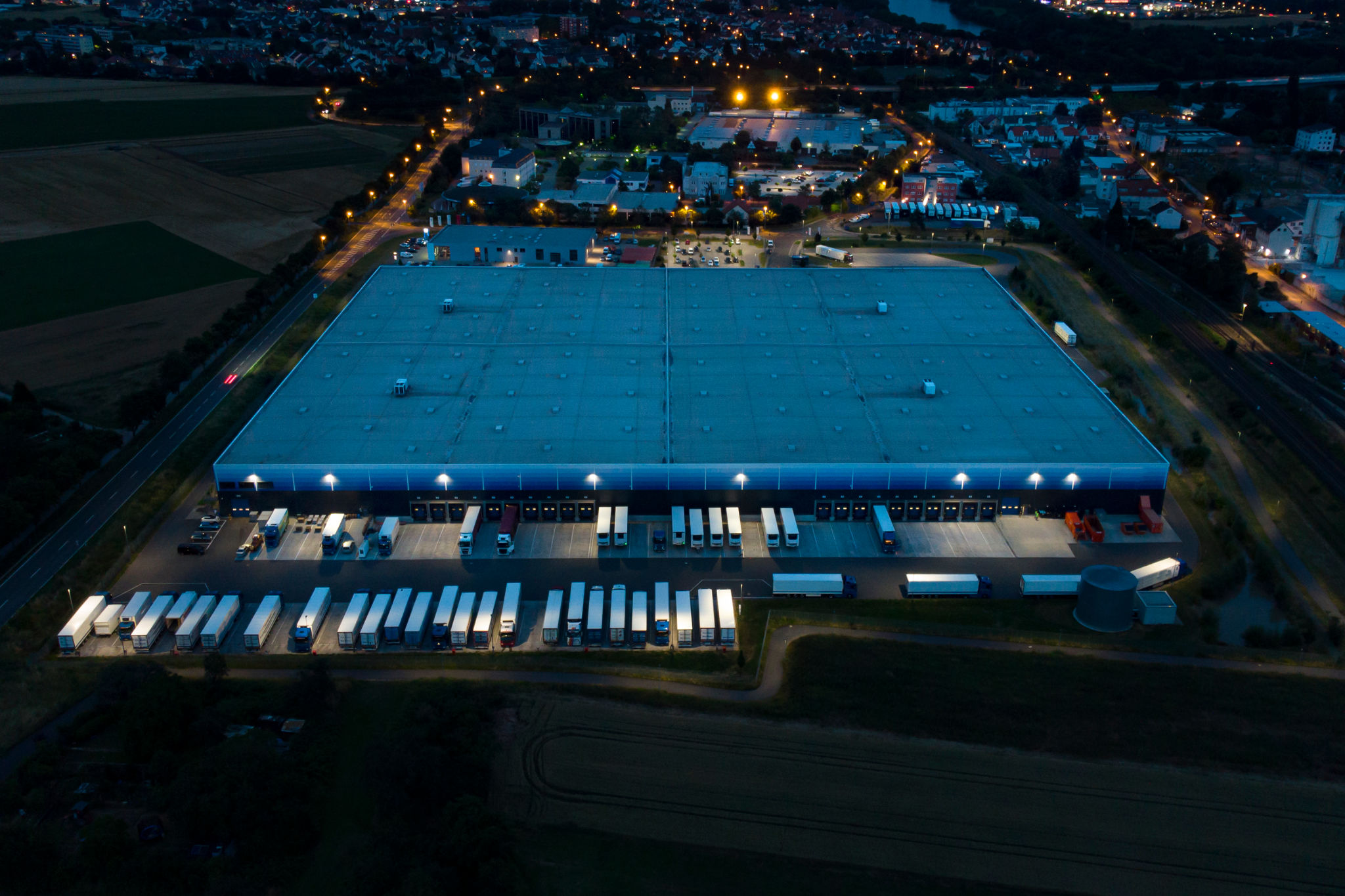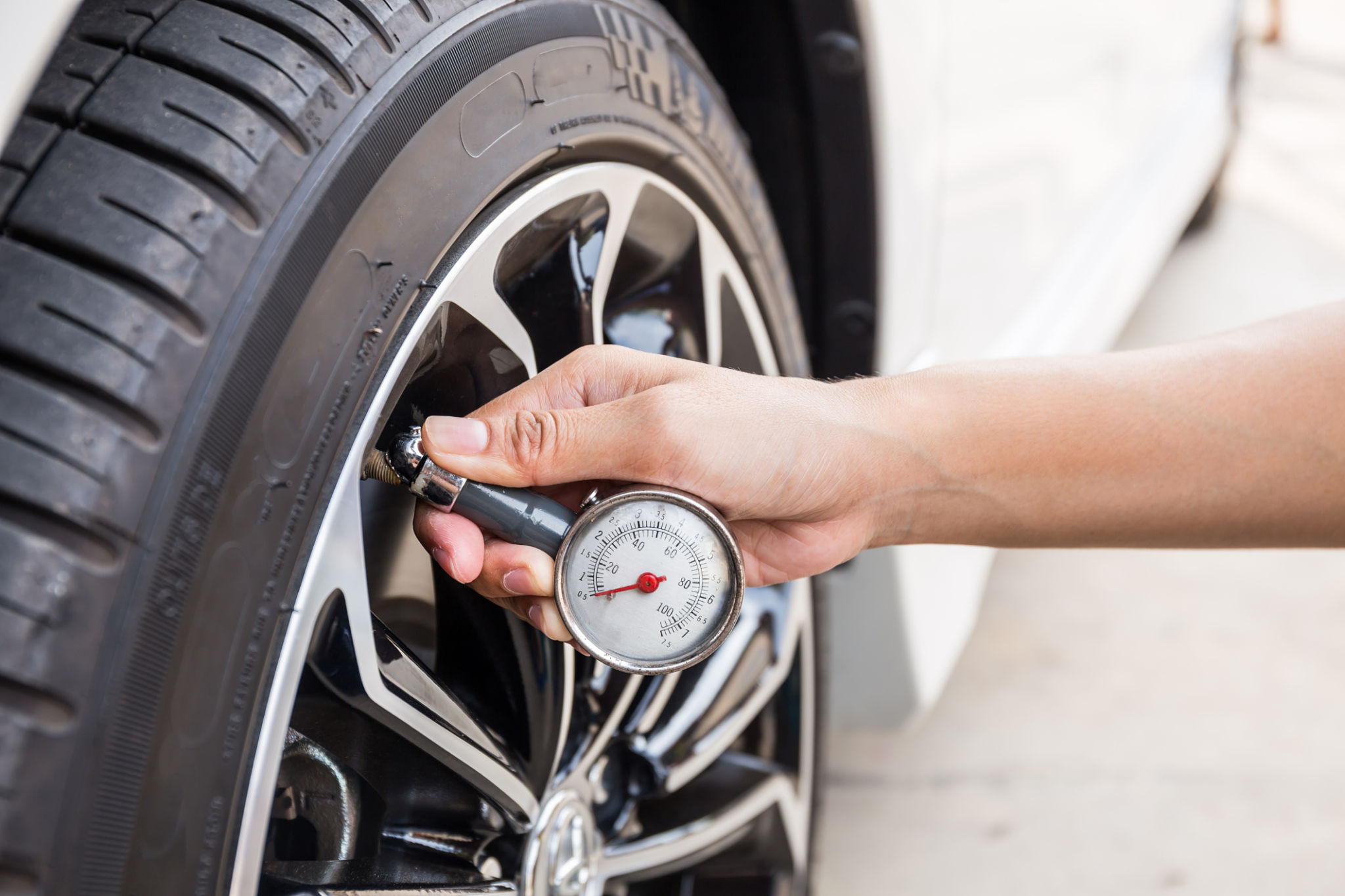Debunking Common Myths About Tire Distribution in the Middle East
Understanding the Tire Distribution Landscape
In recent years, the Middle East has emerged as a significant player in the global tire distribution market. However, there are several myths and misconceptions about this industry that often cloud the realities on the ground. This blog post aims to shed light on these myths and provide a clear understanding of how tire distribution truly operates in this region.
The Middle East is often perceived as a region with limited infrastructure and logistical capabilities, which can be misleading when considering its tire distribution networks. In fact, the region boasts some of the most advanced logistics hubs and free trade zones that facilitate efficient tire distribution across continents.

Myth 1: Limited Demand for Tires
One common myth is that there is limited demand for tires in the Middle East due to its arid landscapes and smaller population. Contrary to this belief, the demand for tires is robust, fueled by a combination of factors including rapid urbanization, increased automotive sales, and the growth of commercial transport sectors.
Countries like Saudi Arabia and the United Arab Emirates have seen a surge in infrastructure development and automotive ownership, leading to a corresponding rise in tire consumption. This trend is anticipated to continue as more people move to urban areas and require reliable transportation means.

Myth 2: Subpar Quality Standards
Another misconception is that tires distributed in the Middle East are of inferior quality compared to those available in Western markets. This is far from true as the region adheres to stringent quality standards and regulations that ensure only high-quality products reach consumers.
The Gulf Cooperation Council (GCC) countries have established rigorous testing and certification processes for tire imports. These standards often align with international benchmarks, guaranteeing that the tires distributed are safe and reliable for all kinds of road conditions.

Myth 3: High Costs Due to Import Tariffs
Some believe that import tariffs significantly inflate tire prices in the Middle East, making them unaffordable for the average consumer. However, many countries in the region have established free trade agreements that minimize or eliminate tariffs on tire imports, allowing for competitive pricing.
Additionally, local production capabilities in countries like Egypt and Turkey contribute to a more competitive market, offering consumers a range of price options without compromising on quality.
The Role of E-commerce in Tire Distribution
E-commerce is revolutionizing tire distribution in the Middle East. More consumers are turning to online platforms to purchase tires, attracted by the convenience of home delivery and competitive pricing. This shift is supported by improved digital infrastructure and growing internet penetration across the region.
Online retailers often provide detailed product descriptions and customer reviews, allowing buyers to make informed decisions without visiting a physical store. This trend is expected to grow, further debunking myths about accessibility and availability of tires in the region.

In conclusion, understanding the realities of tire distribution in the Middle East involves dispelling myths and acknowledging the significant strides made in logistics, quality assurance, and market development. As demand continues to rise and technology improves, the region is poised to strengthen its position as a key player in the global tire market.
